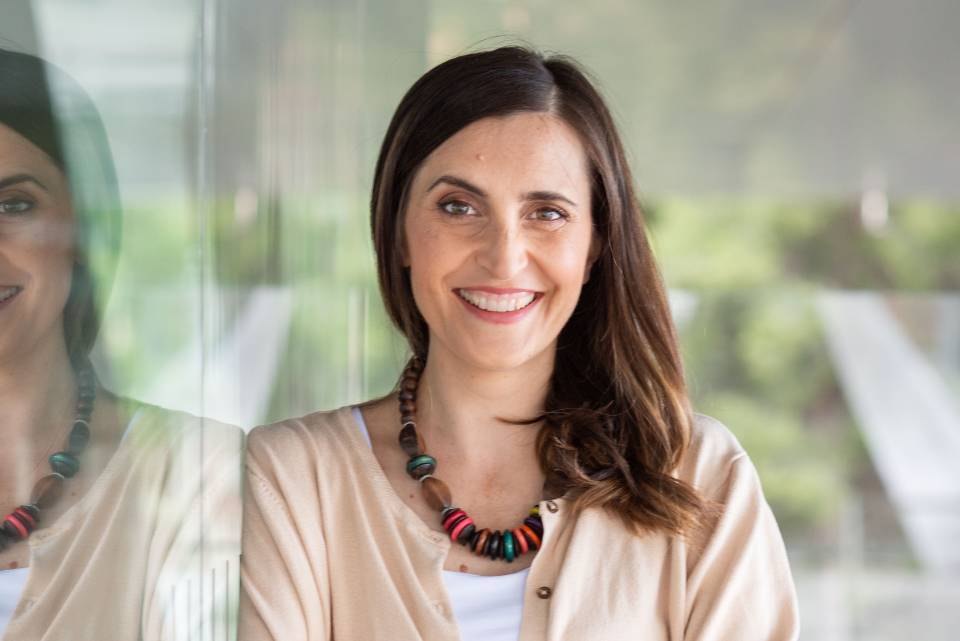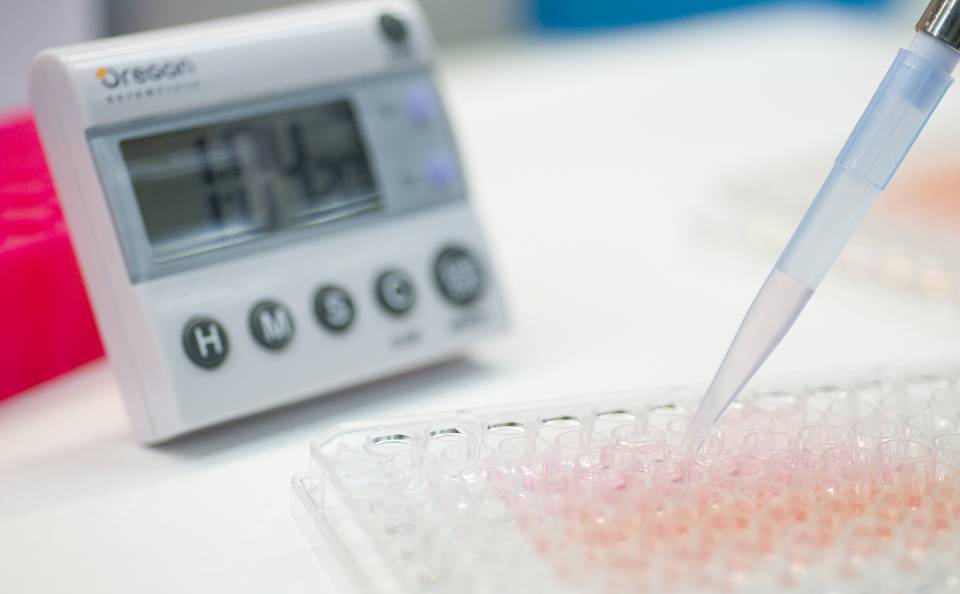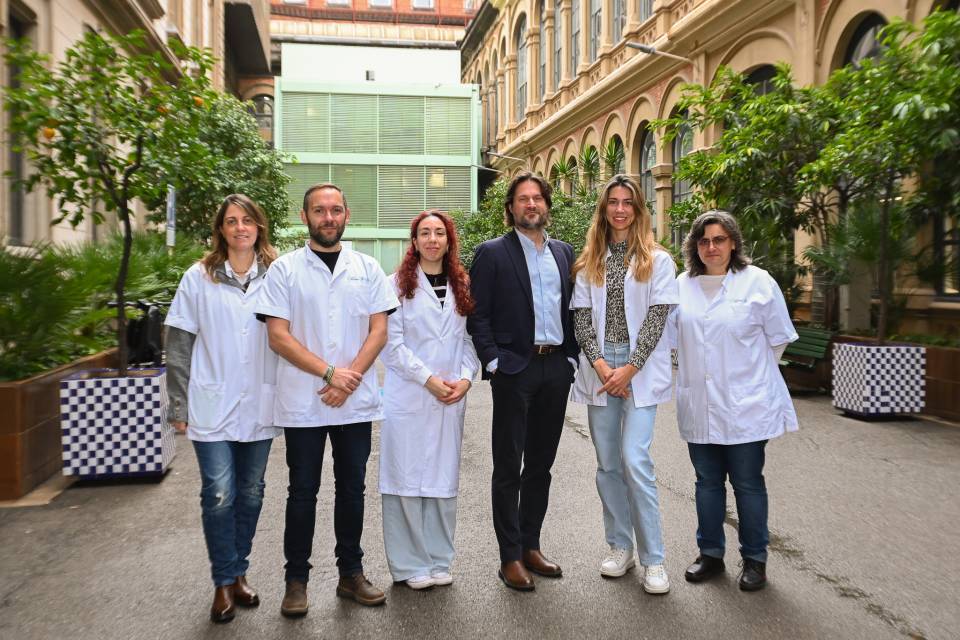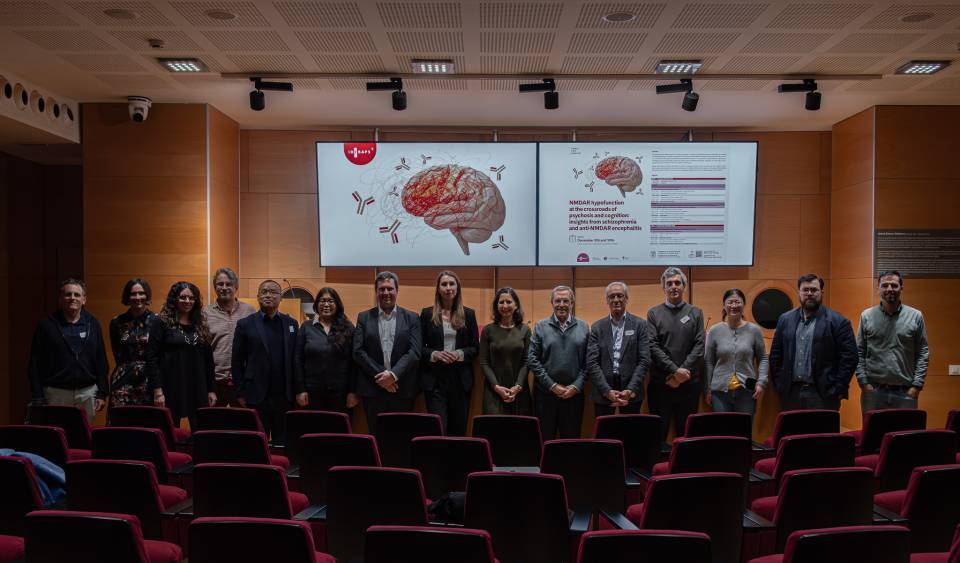Silvia Affò, researcher in the IDIPABS Liver cell plasticity and tissue repair research group, and Aveline Filliol, from the Memorial Sloan Kettering Cancer Center in New York, are the first authors of the article, published in the Lancet Gastroenterology and Hepatology journal.
Liver cancer is the sixth most common type of cancer worldwide and the fourth most common cause of death from cancer globally. The incidence of this tumour is increasing and the associated mortality is rising year by year.
Approximately 80% of primary liver cancers are hepatocellular carcinomas, which occur in patients with liver fibrosis or cirrhosis. The increasing rate of non-alcoholic fatty liver disease is expected to be one of the leading causes of hepatocellular carcinoma in the coming decades. The other 15% are cholangiocarcinomas, which are associated with chronic liver disease resulting from different diseases.
Despite advances in treatment, five-year survival rate for liver cancer worldwide is <15%, making it one of the most lethal solid tumours. With this work, the researchers review the role of fibroblasts in liver tumours and the potential of these cells and their mediators as new therapeutic targets in combination therapies to treat this type of cancer.
The role of cancer-associated fibroblasts
Cancer-associated fibroblasts (CAFs) are one of the most abundant and versatile cell types in the tumour environment. These cells are heterogeneous and the different populations identified may restrict or promote cancer development.
In the case of hepatocellular carcinoma, fibroblasts accumulate in the liver prior to tumour development and regulate the risk of progression through the balance between the expression of mediators that promote or impede tumour growth. In cholangiocarcinoma, in contrast, cancer-associated fibroblasts accumulate in the tumour and promote tumour growth.
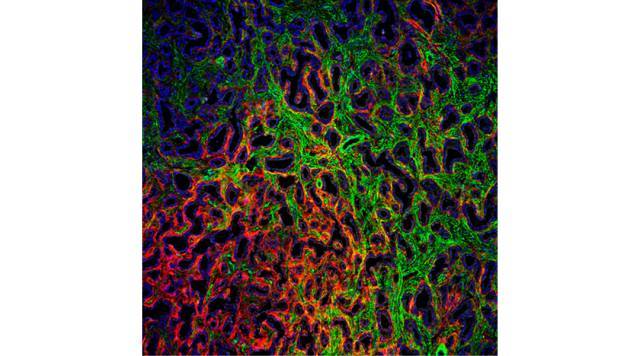
"Despite the role fibroblasts may play in tumour growth, the role of fibroblast accumulation in premalignant or malignant lesions of the liver in liver cancer has not been evaluated in depth", says Silvia Affò. "Thus, therapies that target fibroblasts or their mediators have not yet been exploited in the treatment of this type of cancer", she adds.
The review evaluates the functions and therapeutic translation of this cell type in both forms of liver cancer and concludes that therapy targeting fibroblast and their mediators may be a therapeutic opportunity to explore in combination therapies. However, fibroblast mediators that regulate the development of hepatocellular carcinoma may exert opposing effects on cholangiocarcinoma, so careful preclinical studies are key to avoiding errors at the time of treatment.
Dr. Affò, a recent ERC Starting Grant recipient, will explore the role of cancer-associated fibroblasts in the case of cholangiocarcinoma through the DynamHet project.
"DynamHet is an innovative project, which opens up new perspectives for precision medicine", states Affò. “The technologies and knowledge resulting from the project will provide the bases for generating combined targeted therapies, not only against the tumour but also against its micro-environment”.
Study reference:
Affò S, Filliol A, Gores GJ, Schwabe RF. Fibroblasts in liver cancer: functions and therapeutic translation. Lancet Gastroenterol Hepatol. 2023;8(8):748-759. doi:10.1016/S2468-1253(23)00111-5

